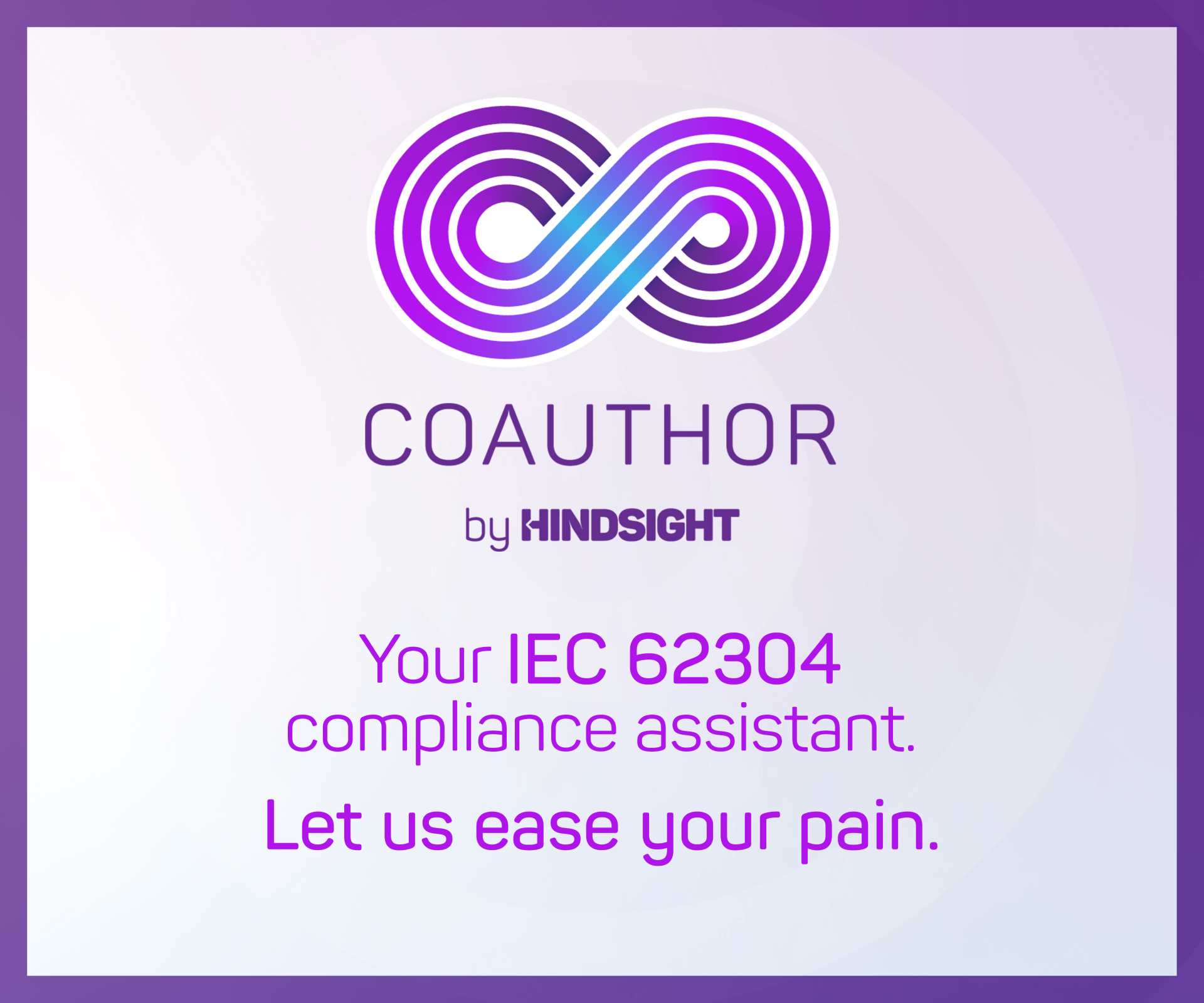
Digital transformation is increasingly commonplace in today’s world, with businesses across multiple industries investing in technology to deliver their services in the most effective and user-friendly way possible. But what does this mean for longer-standing organisations? With recent news that nearly £6bn will be put into new funding for the NHS, the impact this could have, if executed properly, could be a game changer for the UK healthcare system.
The NHS has always been a leader in terms of technology for medical purposes but where it has fallen down is in the streamlining of patient data, information and needs, which can lead to a breakdown in trust and the faith that the healthcare system is not a robust one. Therefore, the primary objective of additional funding must be to implement advanced data and digital technologies, to improve the digital health of the NHS and the overall health of the UK population, as well as revitalise both management efficiency and working practices.
Digitalising the provision of care
Digitalisation falls into two categories when it comes to the NHS – digitising traditionally ‘physical’ services like offering remote appointments and keeping electronic paper records, and a greater reliance on more innovative approaches driven by advances in technology. It is common knowledge that electronic services differ in GP practices across the country; and to have a drastically good or bad experience which is solely dependent on a geographical lottery contradicts the very purpose of offering an overarching healthcare provision to society at large.
By streamlining services and investing in proper infrastructure, a level playing field can be created which is vital when it comes to patients accessing both the care they need and their own personal history of appointments, GP interactions, diagnoses and medications. Through this approach, the NHS focus on creating world-leading care, provision of that care and potentially see waiting lists decrease due to the effective diagnosis and management enabled by slick and efficient technology.
This is especially important when looking at personalised health support and developing a system that enables patients to receive care wherever they are and helps them monitor and manage long-term health conditions independently. This, alongside ensuring that technology and data collection supports improvements in both individual and population-level patient care, can only serve to streamline NHS efforts and create positive outcomes for both the patient and workforce.
Improving patient outcomes
A robust level of trust is critical to guaranteeing the success of any business or provision. If technology fails, so does the faith the customer or consumer has in the technology being designed to improve outcomes for them. An individual will always have some semblance of responsibility and ownership over their lives, well-being and health. Still, all of these key pillars can only stand strong when there is infrastructure in place to help drive positive results. Whilst there may be risks of excluding some groups of individuals with a digital-first approach, technology solutions can empower people to take control of their healthcare enabling the patient and NHS to work together.
Symbiosis of man and machine
Technology must work in tandem with a workforce for it to be effective. This means the NHS workforce must be digitally savvy and have patient-centred care at the front and centre of all operations. Alongside any digital transformation the NHS adopts to improve patient outcomes, comes the need to assess current and future capability and capacity challenges, and build a workforce with the right skills to help shape an NHS that is fit for purpose.
The NHS being invested in is a starting point but to bring about real benefits to patients, a level playing field needs to be created and effective digital transformation holds the key. By harnessing new and evolving technology which enables patients up and down the country to access the same consistency of communication and care, the UK can be put on the map as a driving force behind accessible and robust healthcare.













